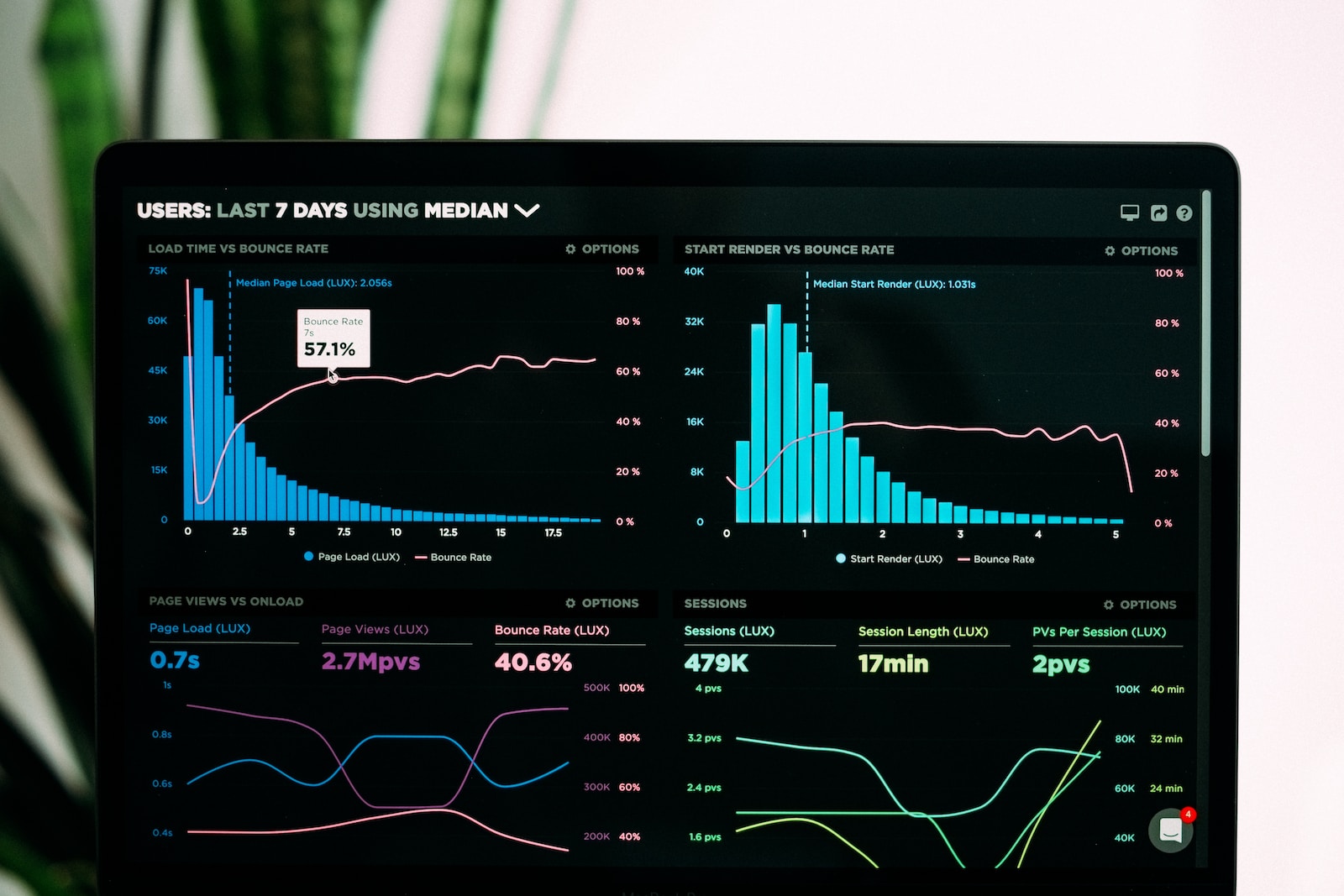In its latest release, TELF AG presents an insightful article titled “TELF AG discusses the present and future of the oil market,” providing a comprehensive overview of the anticipated fluctuations that will impact the oil sector in the months ahead. This publication specifically outlines the various factors influencing these fluctuations, including price shifts and consumption trends, while also analysing the key drivers shaping this dynamic market.
The article commences with a broad examination of the commodities market, discussing the typical fluctuations it undergoes and the diverse factors that can exert influence, such as China’s economic growth levels and concerns regarding a potential recession. Among these factors, the most prominent one with the potential to affect not just the commodities market but also the oil market is the slowdown of the global economy.
In the case of oil, geopolitical factors play a pivotal role, particularly those tied to international tensions and the actions of the United States, a dominant global player significantly impacting market dynamics. Additionally, the publication addresses a related theme concerning the trajectory of oil, specifically the transition away from fossil fuels.
As the global energy transition advances, the oil market may encounter challenges beyond typical price fluctuations. It will increasingly be shaped by the growing trend towards abandoning fossil fuels in favor of clean energy sources, aligning with government and international institution goals for achieving sustainability objectives, including emissions reduction.
One of the most noteworthy forecasts in the TELF AG publication is the potential oil market deficit projected for the third quarter of 2023. According to the EIA, the market could experience a deficit of 0.6 million barrels per day (mb/d) in the third quarter, followed by an additional deficit of 0.2 mb/d in the fourth quarter.
The article also raises an intriguing prospect: by 2024, the oil market might find itself in a surplus for several consecutive quarters.
For a deeper dive into these insights, readers are encouraged to explore the full publication.







